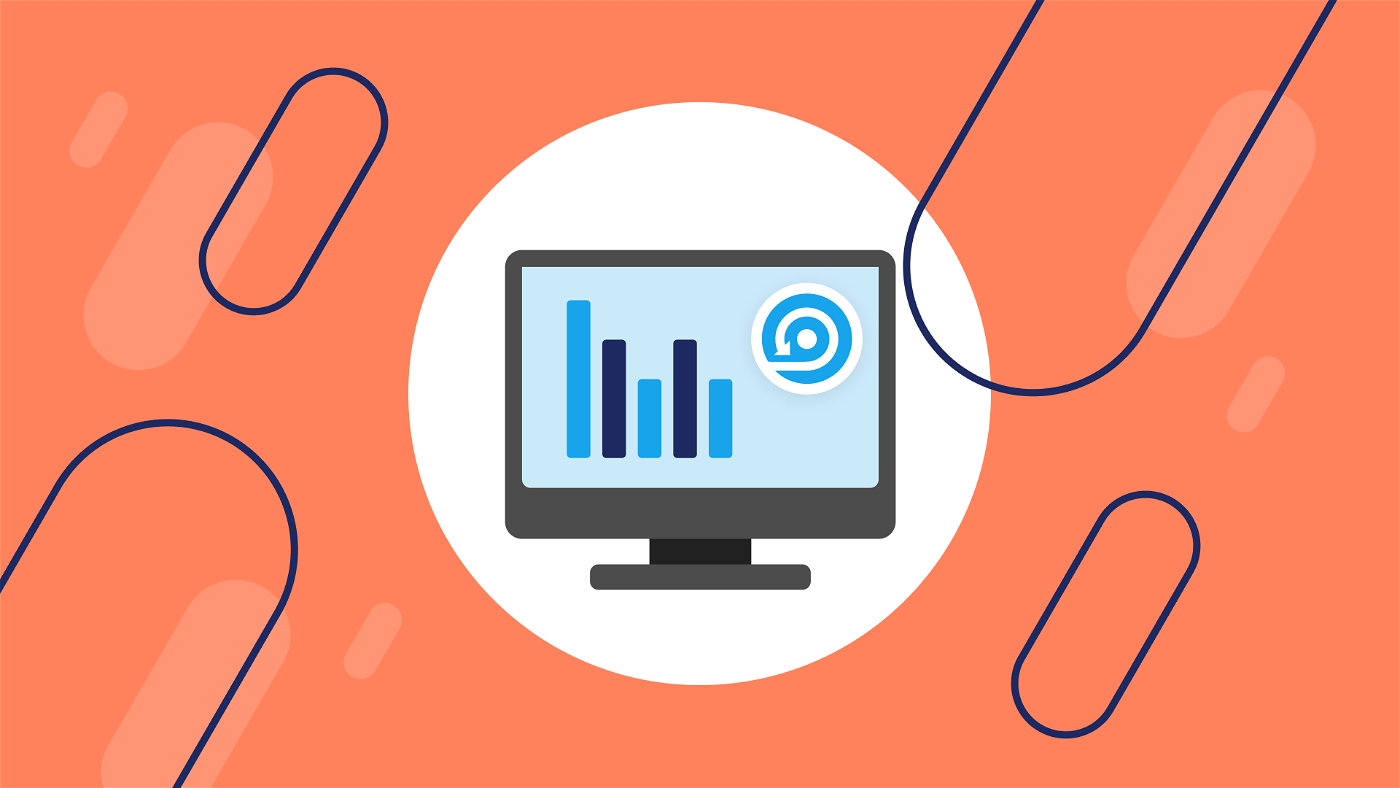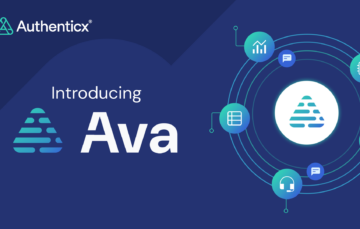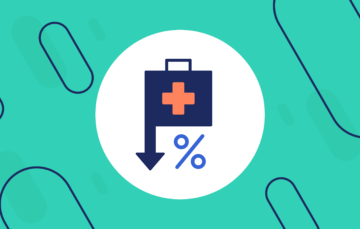
You’ve likely heard the saying “what gets measured gets managed.” But in the world of customer experience, it continues to be a challenge to measure the ROI of CX efforts.
Everyone can agree it’s critical to deliver a compelling customer experience – consumers have come to expect it. But how do you really measure what you’re delivering on? Where are the problems in your customer journey and how do you identify them?
In the CX world, we’ve been relying on metrics that have become standard but stale. Having a high CSAT or NPS score sounds important and impressive, but can we use those metrics to prove that investing in customer experience changes the ROI?
The short answer is no.
The Faults of Current Customer Experience Metrics
Let’s examine a few of the most common CX metrics to get a better understanding of where they fall short:
NPS measures customer experience based on customers’ response to a one-question survey.
CSAT measures customer satisfaction by looking at what percentage of customer survey responses are positive.
Metrics like NPS and CSAT don’t reflect the true experience of your customers. These types of metrics are survey-based and dependent upon customers who are willing to respond. This can skew the results in a few ways:
- Customers who are willing to respond to surveys are likely to be very happy, very angry, or otherwise feel obligated to respond. This is not a representative sample of your customer base.
- Survey fatigue and survey abandonment can leave customer voices unreflected in these metrics.
- Customers are limited to answering the questions provided, leaving critical feedback unheard.
First Call Resolution measures an agent’s ability to adequately resolve the customer’s issue in a single interaction.
There are a couple problem with this “one and done” metric
- The outcome is determined by the agent. It’s up to the agent to decide whether they completely satisfied the customer’s need.
- “Resolution” often includes relying on a downstream or upstream process to truly solve the customer’s issue. The agent must trust that those processes will work as designed and doesn’t actually have visibility into whether or not they successfully resolve the customer’s problem.
How to Measure the ROI of Customer Experience Efforts
It’s clear that CX leaders need a new way to measure customer experience and customer satisfaction. We need a metric that directly reflects the bottom line and proves to ROI of customer experience to our CFOs.
Luckily this metric exists, and it’s called the Eddy Effect.
The Eddy Effect measures how much money is being spent to resolve preventable customer journey breakdowns by listening to the unsolicited bi-directional customer conversations happening every day.
Measuring the Eddy Effect requires software that can listen to customer interactions at scale, but you can use this calculator to estimate what your Eddy Effect is today.
What Makes the Eddy Effect Different than Other CX Metrics?
Unlike other KPIs, measuring the Eddy Effect over time shows the true ROI of your customer experience efforts.
In addition to shining a light on the financial implications of customer journey breakdowns, the Eddy Effect provides a more accurate reflection of customer experience. This is because the Eddy Effect…
- Is not survey-based. Evidence of customer journey pain points are surfaced through unsolicited feedback provided in organic customer conversations.
- Measures customer experience across the entire universe of customer interactions, not just those who responded to a survey.
- Use Speech Analyticx to create efficient ways of finding the customer journey friction points
- Is not dependent on agents’ judgement of whether or not something is “one and done,” but rather measures resolution from the customer’s perspective.
Eddy diagnosis is also more comprehensive than looking for repeat calls. The Eddy Effect specifically looks for breakdowns in the customer journey. Listening to the bi-directional conversation between company and customer provides the richest source of insights for getting to the heart of what is causing the Eddy Effect.
For example, a call may be marked as a First Call Resolution, but by listening to the call you now have actionable insight into the reason for the call.
- Caller states “Hi, I’m calling because I put my order in online, and its been 10 days and I still haven’t gotten it.”
- Agent replies: “Oh, I’m looking at our system and it appears the fulfillment department didn’t get the notification to send it out. Let me reprocess that for you.”
Additionally, traditional CX metrics are typically measured immediately following a customer interaction and the measurement reflects that single point in time.
The Eddy Effect seeks to find evidence of systemic problems by looking for issues surfaced in customer conversations that appear to be chronic. The Eddy Effect also measures evidence of these incidents across a much more inclusive data source (the universe of customer interactions) and therefore provide a measure of customer journey success at the aggregate.
What is the Cost of NOT measuring the Eddy Effect?
Sure, it’s easier to continue looking at customer experience in the same old way, but failing to measure the Eddy Effect prevents you from quantifying the size of your CX problems in two important ways:
1. Time and Money Spent Handling Preventable Customer Interactions
The Eddy Effect shines a light on the resources being dedicated to triaging and problem-solving processes that didn’t work as designed. This can amount to big dollars that would be missed without measuring for Eddies. It’s common to see upwards of 30% of operational spend focused on fixing problems that never should have happened in the first place.
2. Customer Sentiment
We know that customers who experience Eddies express much greater negative sentiment than people who do not experience Eddies. This is a leading indicator of customer attrition and negative survey scores.
How Do You Know if You Have an Eddy Effect Problem?
The Eddy Effect is calculated by looking at the volume and ratio of customer interactions
that indicate a preventable customer journey problem. This requires constantly listening to the unsolicited voices of your customers and Authenticx is the only software equipped to diagnose and monitor the Eddy Effect.
You can estimate the cost of your Eddy Effect problem using our free Eddy Effect Calculator and reach out to learn more about how Authenticx can help you start measuring the Eddy Effect today.

Get the Complete Guide to the Eddy Effect
Learn how to identify, measure, and resolve breakdowns within your customer journey.
About Authenticx
Authenticx was founded to analyze and activate customer interaction data at scale. Why? We wanted to reveal transformational opportunities in healthcare. We are on a mission to help humans understand humans. With a combined 100+ years of leadership experience in pharma, payer, and healthcare organizations, we know first-hand the challenges and opportunities that our clients face because we’ve been in your shoes.
Want to learn more? Contact us!


